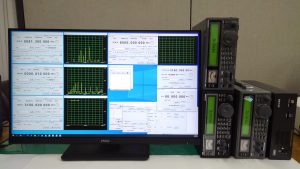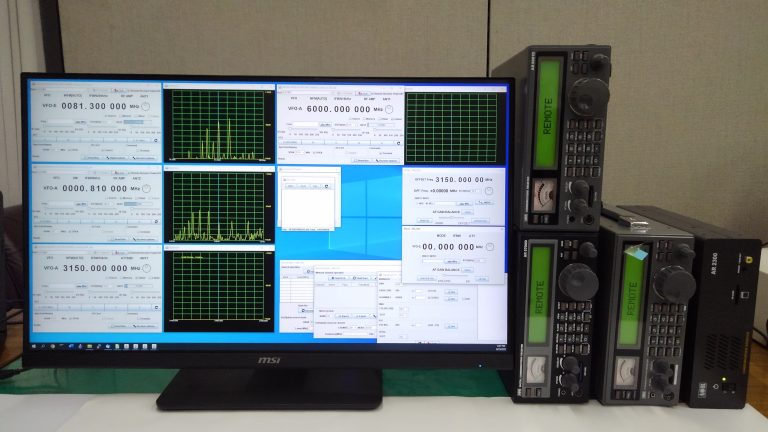Stepper motors are an integral component in various electromechanical systems, offering precise control over motion and positioning. Understanding the fundamentals of linear stepper motor is essential for engineers, hobbyists, and anyone working with automation or robotics. In this comprehensive guide, we delve into the intricacies of linear stepper motor, covering everything from their basic principles to advanced applications.
What is a Stepper Motor?
A stepper motor is a type of electric motor that divides a full rotation into a series of equal steps. Unlike conventional motors that rotate continuously, stepper motors move in discrete increments, making them ideal for applications requiring precise position control. This characteristic is achieved through the interaction of electromagnetic fields and a toothed rotor, resulting in step-by-step rotational movement.
How Do Stepper Motors Work?
At the heart of a stepper motor is a rotor with teeth, surrounded by a series of electromagnets known as stator coils. By energizing these coils in a specific sequence, the motor can step forward or backward, depending on the desired direction of rotation. This process is controlled by an external driver circuit, which generates the necessary signals to activate the coils in sequence.
Types of Stepper Motors
Stepper motors come in various configurations, each suited to different applications and performance requirements. The two primary types are permanent magnet linear stepper motor and hybrid stepper motors. Permanent magnet stepper motors feature a magnetized rotor, while hybrid stepper motors combine the principles of permanent magnet and variable reluctance designs, offering enhanced performance and torque capabilities.
Advantages of Stepper Motors
Stepper motors offer several advantages over other types of motors, making them a popular choice in many industries. One key advantage is their ability to move with precision, making them ideal for tasks such as 3D printing, CNC machining, and robotics. Additionally, stepper motors exhibit high torque at low speeds, providing excellent control over acceleration and deceleration.
Applications of Stepper Motors
The versatility of stepper motors makes them suitable for a wide range of applications across various industries. In manufacturing, they are used in automated machinery for tasks such as conveyor belt control, packaging, and assembly. In the automotive industry, stepper motors play a crucial role in vehicle systems, including fuel injection, throttle control, and HVAC actuators.
Considerations for Stepper Motor Selection
When choosing a stepper motor for a specific application, several factors must be considered to ensure optimal performance and efficiency. These include torque requirements, speed range, operating voltage, and environmental conditions. Additionally, selecting the appropriate drive circuitry and controller is essential for achieving precise motion control and synchronization.
Conclusion
In summary, stepper motors are a versatile and reliable solution for precise motion control in a wide range of applications. Understanding the basics of stepper motors, including their operation, types, advantages, and applications, is essential for anyone working with automation or electromechanical systems. By leveraging the unique capabilities of stepper motors, engineers and designers can create innovative solutions that drive technological advancement across various industries.













+ There are no comments
Add yours